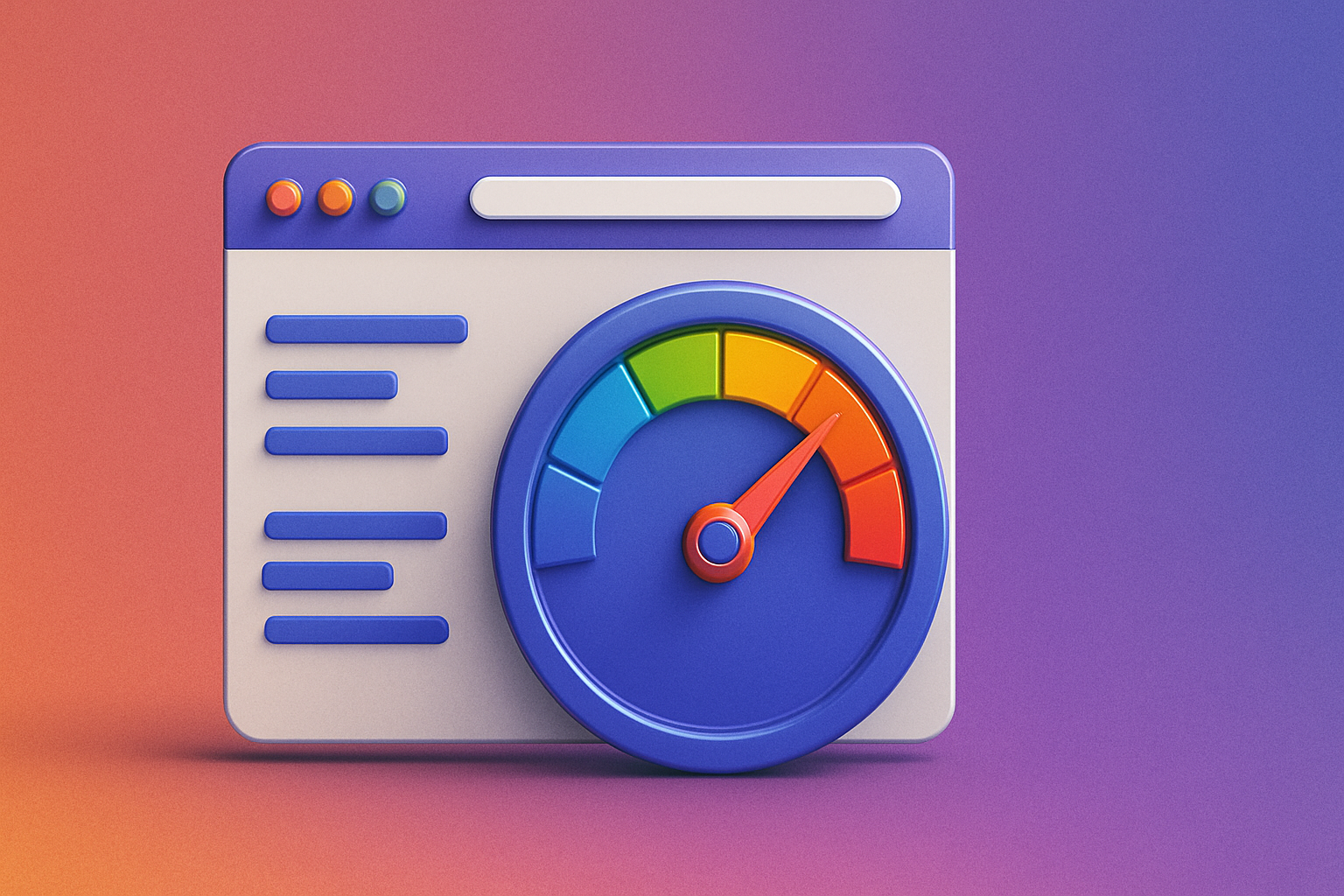In today’s digital landscape, website speed is no longer a luxury—it’s a necessity. Whether you run an eCommerce site or a portfolio page, fast load times are crucial for user experience, SEO rankings, and conversion rates. A sluggish site can cost you valuable traffic and revenue. This guide explains how to Improve Website Speed and Performance like a pro.
Why Website Speed Matters
Before diving into the solutions, it’s important to understand why speed matters:
- User Experience: 47% of users expect a site to load in under 2 seconds.
- SEO: Google uses page speed as a ranking factor.
- Conversions: Faster websites tend to convert more visitors into customers.
If you’re unsure where to start, consulting a web designing company in Madurai can help you identify performance issues and fix them efficiently.
1. Optimize Your Images
Large image files are one of the top reasons websites load slowly. Use tools like TinyPNG or Squoosh to compress images without losing quality. Also, consider using next-gen formats like WebP.
2. Enable Browser Caching
Browser caching stores commonly used resources locally in the user’s browser. This reduces the number of HTTP requests and improves subsequent page load times. A website designing company in Erode can configure caching rules using .htaccess or your CMS.
3. Minify CSS, JavaScript, and HTML
Minification removes unnecessary characters from code without affecting functionality. Tools like UglifyJS and CSSNano can help. Many web development companies in Madurai offer this service as part of their performance optimization packages.
4. Use a Content Delivery Network (CDN)
CDNs distribute your content across multiple servers worldwide, reducing latency and improving load times for global users. Top CDNs include Cloudflare, BunnyCDN, and AWS CloudFront.
5. Choose Fast Hosting
Shared hosting may be cost-effective, but it often compromises speed. For better performance, choose VPS or cloud hosting. Partnering with a reliable Madurai web design company ensures you’re set up with the right hosting plan.
6. Reduce HTTP Requests
Each file (CSS, JS, images) on your site requires an HTTP request. Combine files where possible and remove unnecessary plugins or scripts.
7. Lazy Load Images and Videos
Lazy loading defers the loading of off-screen elements until the user scrolls to them. This reduces initial page load time and improves perceived performance.
8. Optimize Mobile Performance
With the majority of traffic coming from mobile, optimizing for smaller screens is essential. A web design company Madurai can implement AMP or responsive designs that cater to mobile users.
9. Monitor Performance Regularly
Use tools like Google PageSpeed Insights, GTmetrix, or Lighthouse to regularly test your site’s speed. They offer actionable suggestions to help you improve.
10. Implement Gzip Compression
Gzip reduces the size of files sent from your server to the browser. It’s a simple way to cut down load time and bandwidth usage.
11. Keep Your Website Clean and Updated
Outdated plugins, themes, or CMS versions can slow down your site or create security vulnerabilities. A web designing in Madurai firm can maintain and update your website efficiently.
12. Integrate Performance with SEO
Speed and SEO go hand-in-hand. Work with a trusted SEO company in Madurai that understands the technical elements of both to boost your rankings.
Final Thoughts
Improve Website Speed and Performance is a continuous process, not a one-time fix. By applying the strategies outlined above, you’ll not only improve load times but also enhance the overall user experience and SEO performance. Partnering with an expert web designing company in Madurai ensures your site remains fast, secure, and user-friendly.
Whether you’re launching a new website or upgrading an existing one, speed is your competitive edge. Take action today and make performance a priority.

